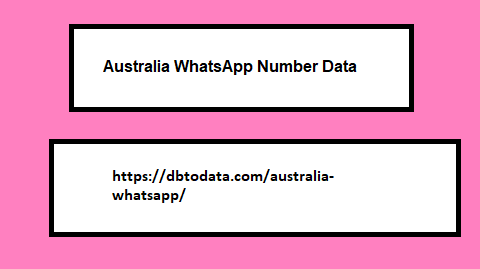Post by account_disabled on Mar 3, 2024 3:04:53 GMT -6
A high-performance corporate website has a positive impact on user experience and image. One of the most important prerogatives is the page loading speed: the higher the speed, the better the visitor engagement rate and, consequently, the conversion rates. If you want to discover tips to offer an optimal browsing experience, keep reading! Optimizing your company website: what does it mean? To simplify, optimizing website performance means decreasing the time needed for a page to be shown in full, i.e. its loading time (in English, total page load time). If the pages load quickly, the chances of the user deciding to leave the site decrease.
The reduction in abandonment rates ( bounce rate ) is an important parameter for judging the level of interest and involvement of users . New Call-to-action How to improve page loading speed The average time users are willing to wait for a web page to load is between 1 and 3 seconds Australia WhatsApp Number Data Sometimes there are code-level issues that cause slowdowns; in this case, the intervention of a developer is necessary to verify the problem and resolve it. Often, however, small measures are enough to make the B2B site effective and much faster in a short time, without having to intervene in the back end . Let's see what they are. Shrink images or change their format Images, videos.

infographics, downloadable documents and media files in general are essential to providing value to users and ensuring a positive experience. However, these files can often slow down the loading of pages because they are heavier than a simple text string and require more time to be displayed correctly. Rendere questi file più leggeri e ottimizzati può risolvere il problema o, per lo meno, rendere i tempi più brevi. La dimensione ottimale di un’immagine per il web è di circa 100 kb, e non dovrebbe mai superare i 200 kb. Per ridurne il peso, la prima cosa da fare è assicurarsi di caricare le immagini delle giuste dimensioni: perché caricare un’immagine larga.
The reduction in abandonment rates ( bounce rate ) is an important parameter for judging the level of interest and involvement of users . New Call-to-action How to improve page loading speed The average time users are willing to wait for a web page to load is between 1 and 3 seconds Australia WhatsApp Number Data Sometimes there are code-level issues that cause slowdowns; in this case, the intervention of a developer is necessary to verify the problem and resolve it. Often, however, small measures are enough to make the B2B site effective and much faster in a short time, without having to intervene in the back end . Let's see what they are. Shrink images or change their format Images, videos.

infographics, downloadable documents and media files in general are essential to providing value to users and ensuring a positive experience. However, these files can often slow down the loading of pages because they are heavier than a simple text string and require more time to be displayed correctly. Rendere questi file più leggeri e ottimizzati può risolvere il problema o, per lo meno, rendere i tempi più brevi. La dimensione ottimale di un’immagine per il web è di circa 100 kb, e non dovrebbe mai superare i 200 kb. Per ridurne il peso, la prima cosa da fare è assicurarsi di caricare le immagini delle giuste dimensioni: perché caricare un’immagine larga.
